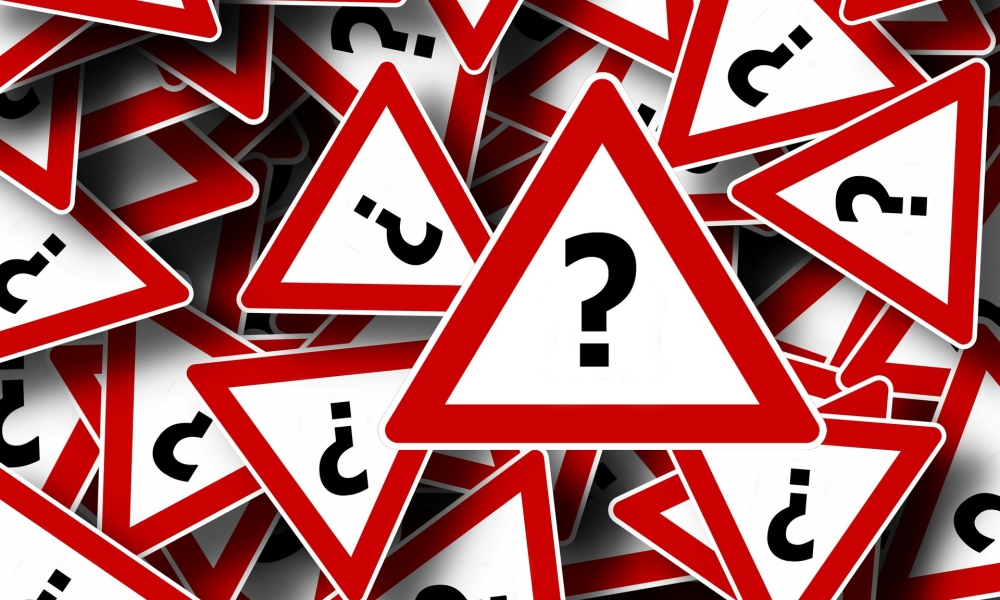The author conducted this academic research to study the distorted media realities in India and the world and to see its impact on citizen's abilities to process his/her environment. It's a telling commentary on how commonplace false information is within the news narrative in India. The research is divided into two aspects; the first looks at the attributes of fake news that's spread by conventional media and the second studies the process undertaken by fact-checking websites to debunk myths and malicious content.
Highlights:
- The study finds vernacular fake news items to have the highest circulation figures like "The Times of India' in English, 'Dainik Bhaskar' in Hindi. Similarly, news channels revealed to be propagating the maximum number of fake news items have the highest TRP ratings in their respective languages.
- Fake news items are predominantly visual with 61% of detected fake news being either images or audio-visuals.
- The rise of new media which has strong ideological leanings such has Postcard News, Dainik Bharat, Muslim World etc. has been used to widely spread lies online. The study's findings revealed that 49% of fake news items were being peddled by 36 online portals.
- Politics and religion were the most prevalent topics of fake news. Most fake news items were about important public figures and these news items were created either to legitimise or defame them.
- The use of false sentiments to incite nationalism in order for political gain was a phenomenon observed in the 2016 US elections. This trend is observed in India too, where the new media plays a decisive role.
- Both fact-checking sites and fake news disseminators use social media to spread information. The study finds that half the fake news creators choose to not city any sources, while fact-checking websites prefer to prove their stand with multiple evidences.

